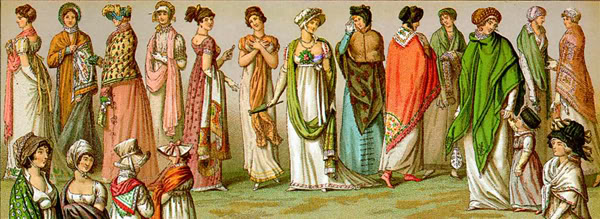Eat That Frog: Stop Procrastinating and Get More Done in Less Time... Part 2
 In the blog on Wednesday (February 22, 2017), I introduced the basic concept of the book Eat That Frog!: 21 Great Ways to Stop Procrastinating and Get More Done in Less Time by Brian Tracy.
In the blog on Wednesday (February 22, 2017), I introduced the basic concept of the book Eat That Frog!: 21 Great Ways to Stop Procrastinating and Get More Done in Less Time by Brian Tracy.
Continuing on... How do you create the daily prioritized list of tasks?
In order to do so, I ask myself, "Which is the one activity that if I did in an excellent and timely fashion would have the greatest positive impact on the project as a whole or my life?" Thus, I use long-term consequences to make my near-term decisions.
The thing that I, personally, have been and continue to be guilty of is that I'm tempted to clear up the small things first. The thinking is that these are things that I can finish up quickly and that will make me feel accomplished and on top of things. Whereas the reverse is true. Time management is really life management, and while I am free to choose what to spend my time on, my ability to choose between important and unimportant things will determine my successes day-to-day and in the long-term.
Identifying the key constraints of all the tasks also determines the order of execution of the tasks. Say, I'm waiting for something to be delivered to me by someone else before I can start on my part of the project, then I can schedule that task for the afternoon instead of first thing in the morning, even if, it is the most important thing on my list for that day. In this case, the ugly morning frog will have to be the ugliest of all the frogs in my control and not dependent upon others.
An important determiner of the order of tasks is my assessment of my daily health and special needs. Say, my energy levels always flag around 10 o'clock and pick up after lunch at 1 o'clock. Well, then the ugliest frogs are set for the first half of the morning, unimportant tasks for mid-morning, and the lesser frogs for early afternoon.
Sometimes a project is too large and unwieldy to be tackled in one big chunk. So after it is broken down in various sub-tasks, the sub-tasks can be sequenced in order to get the whole project done.
These are some of the ways in which to develop a prioritized list of tasks to do on a daily basis.
One thing to remember is to unitask, that is, focus on only one task at time, and finish it before moving on to the next task on the list. See the blog on Monday (February 20, 2017) to learn how and why unitasking is better than multitasking.
Another thing to remember is to "develop a sense of urgency in everything you do," according to Brian Tracy. Once you start a task, develop the habit of working immediately and fast on it.
The unitasking and fast action help in achieving a task quicker with higher quality. It results in a great sense of accomplishment and satisfaction.
So remember: Eat That Frog every single morning!

 This blog is about the book
This blog is about the book 
 I really enjoyed the book till the hero and heroine get married and then I felt it went flat for me from there. But the first three-fifths were great with snappy dialogue, great characterization, and a good plot.
I really enjoyed the book till the hero and heroine get married and then I felt it went flat for me from there. But the first three-fifths were great with snappy dialogue, great characterization, and a good plot. My reading speed seems to have dropped off even more this year if this month is any indication. However, I read great books, so I can't really complain. The Happiness Project had languished on my TBR for years, and every year, I made plans to read it, but it has never happened, for some reason. Not sure why, because it is eminently readable. This year, I decided to spread the reading out, and that's helping to get me to move on it.
My reading speed seems to have dropped off even more this year if this month is any indication. However, I read great books, so I can't really complain. The Happiness Project had languished on my TBR for years, and every year, I made plans to read it, but it has never happened, for some reason. Not sure why, because it is eminently readable. This year, I decided to spread the reading out, and that's helping to get me to move on it.